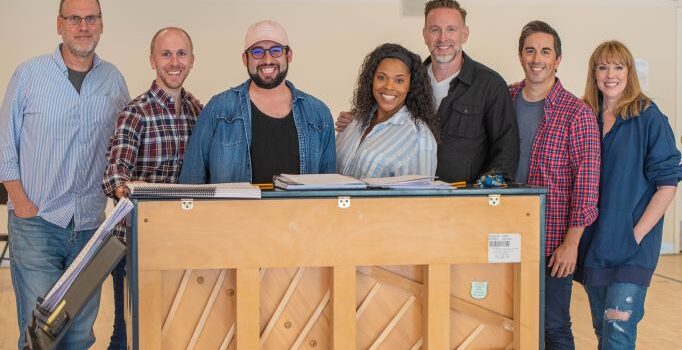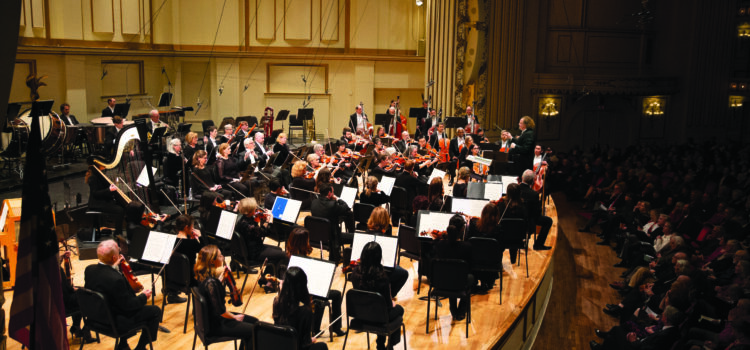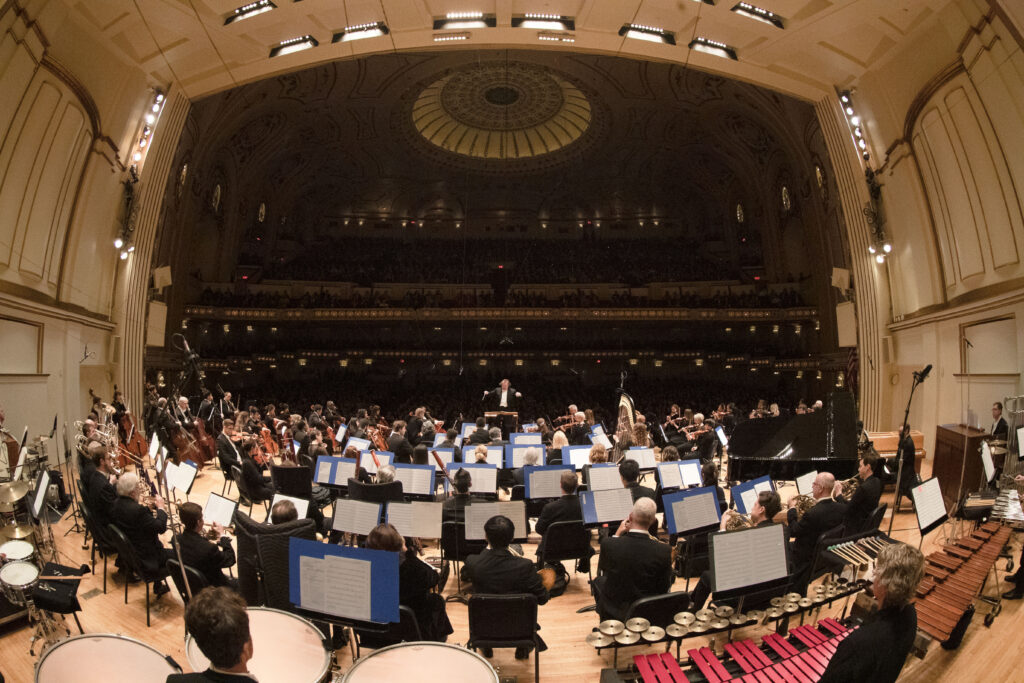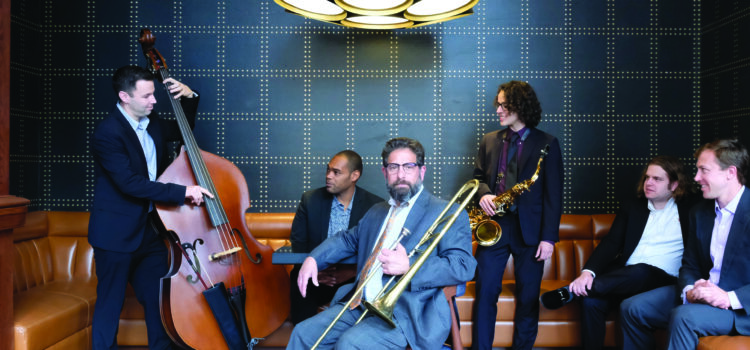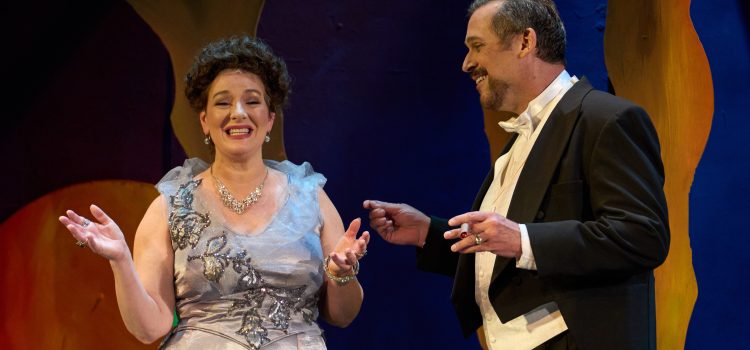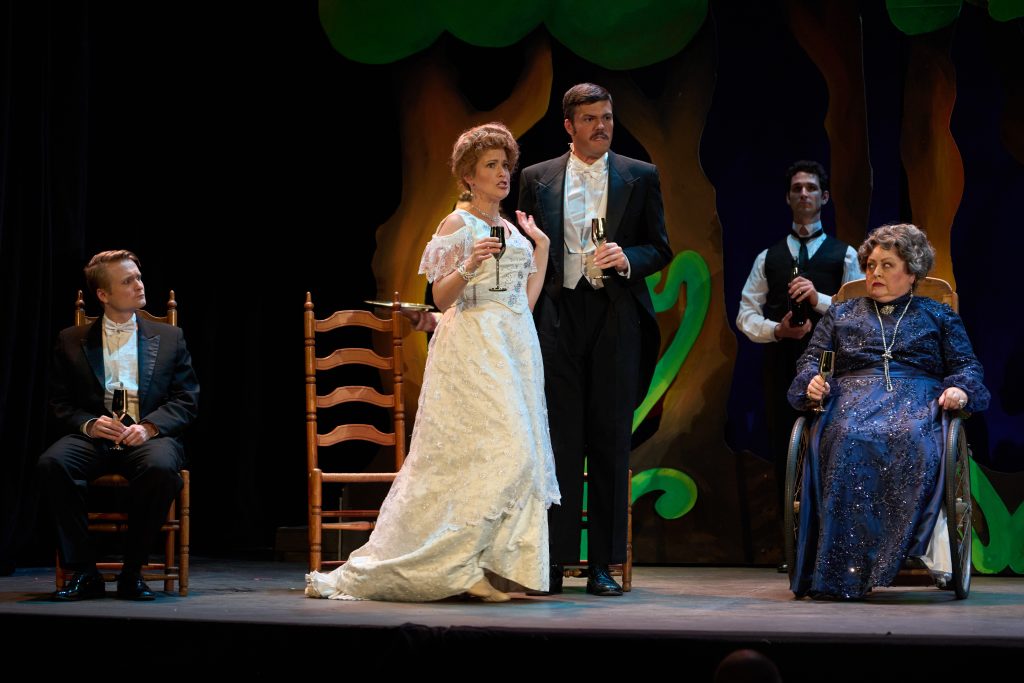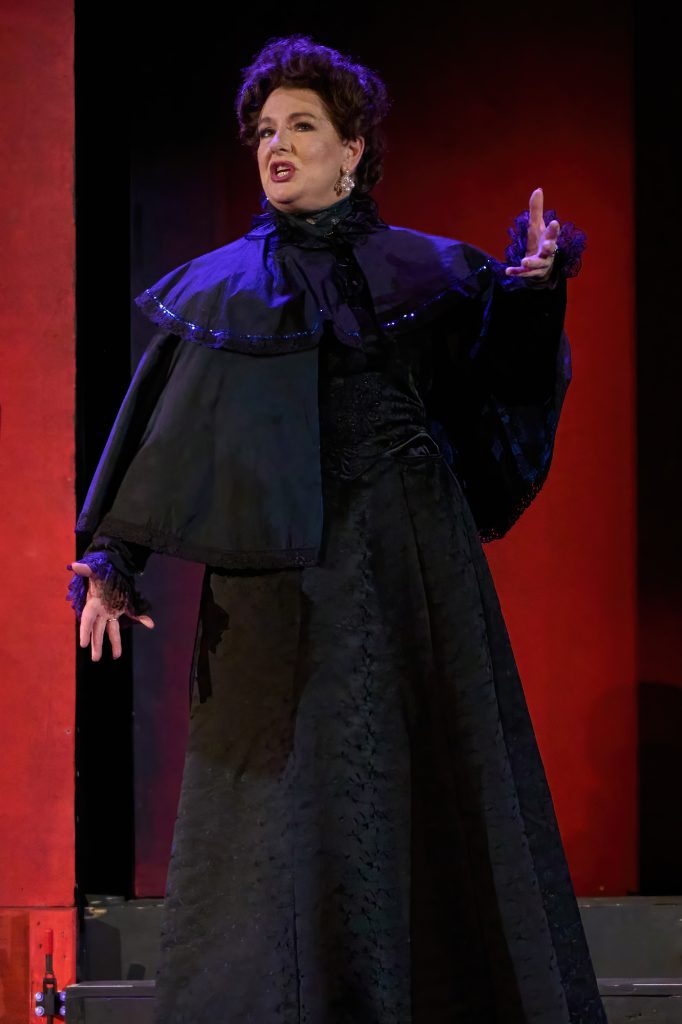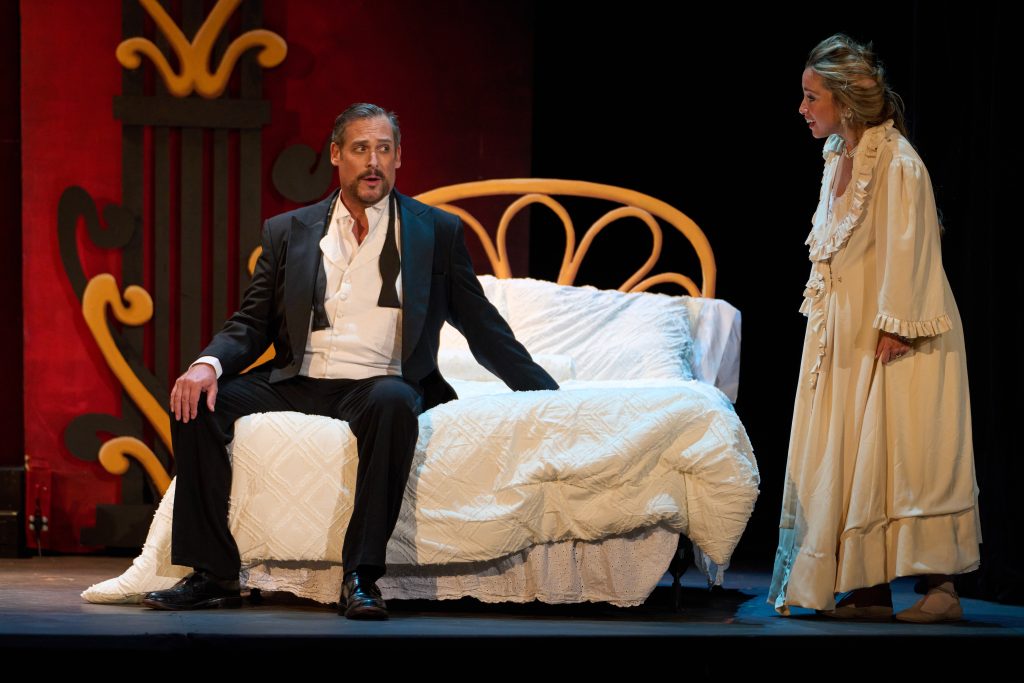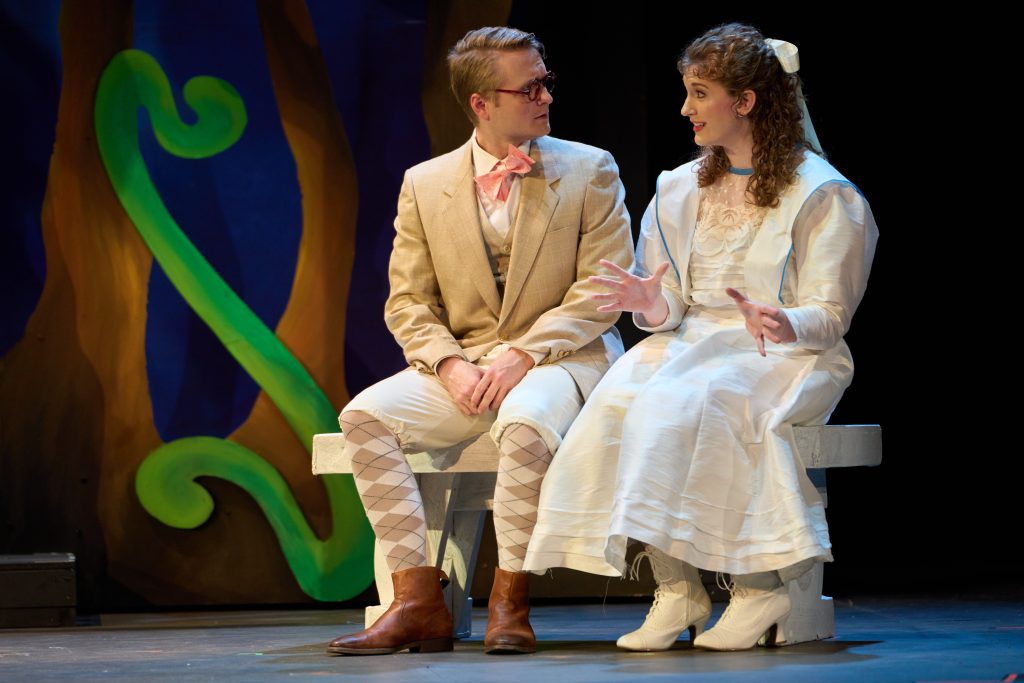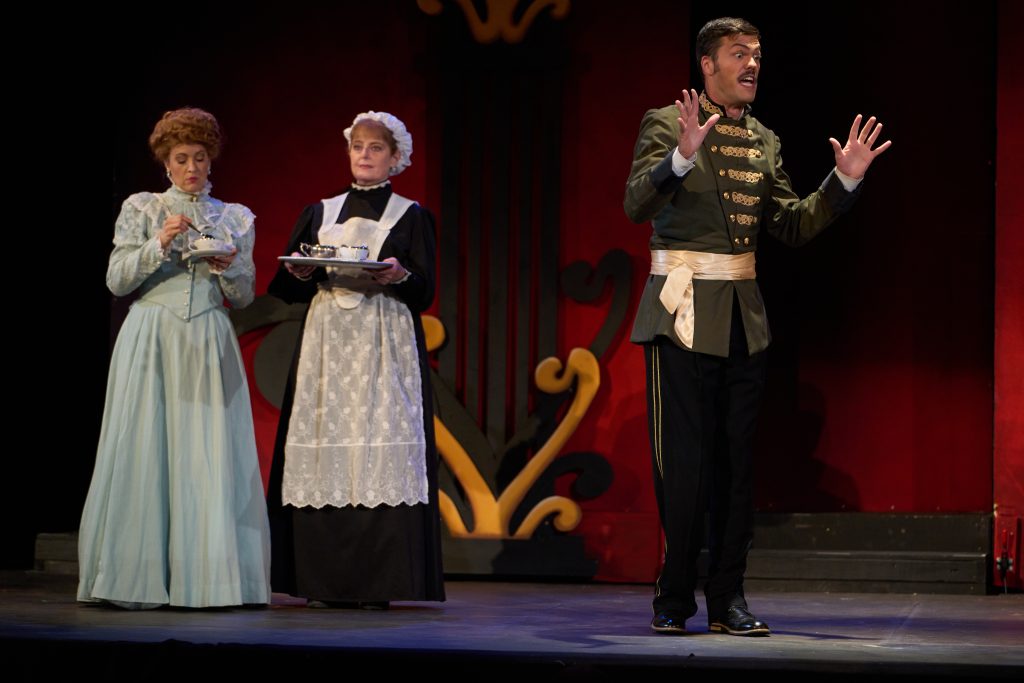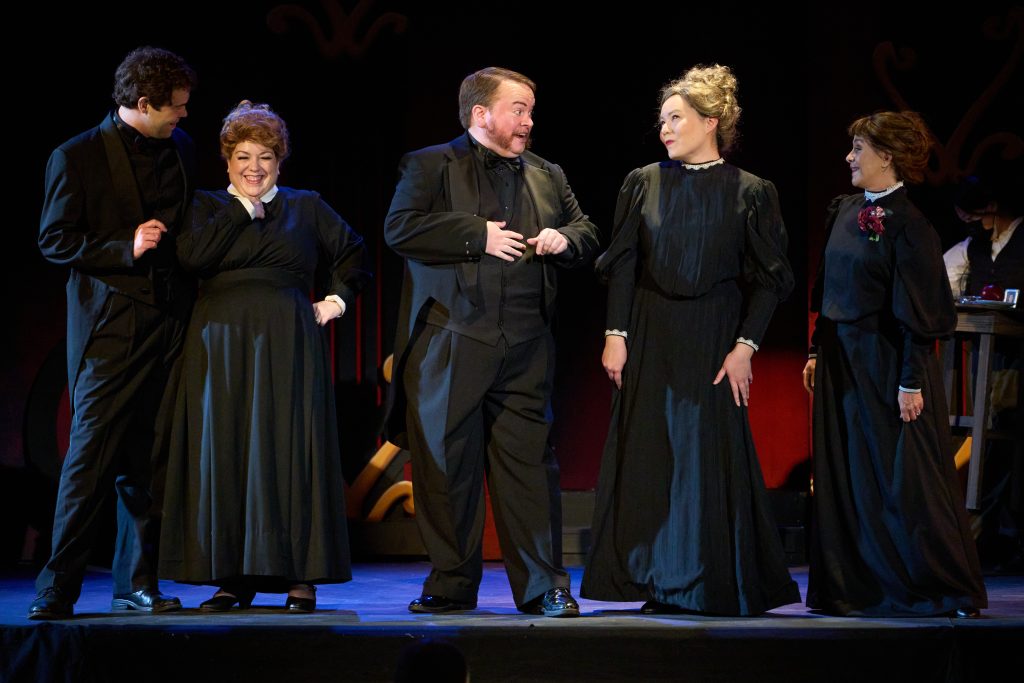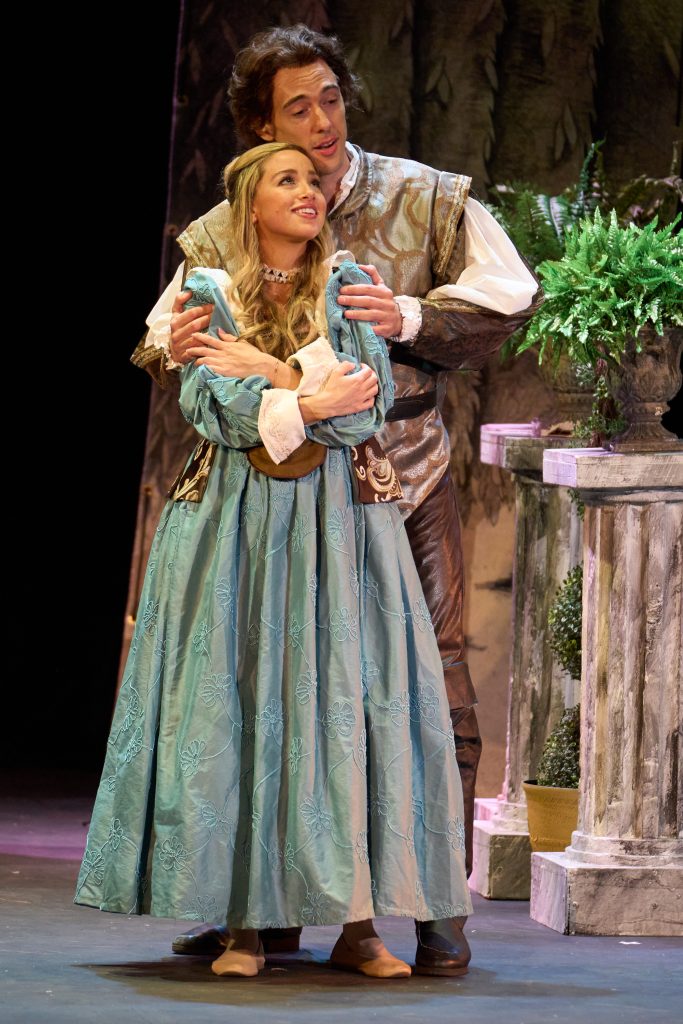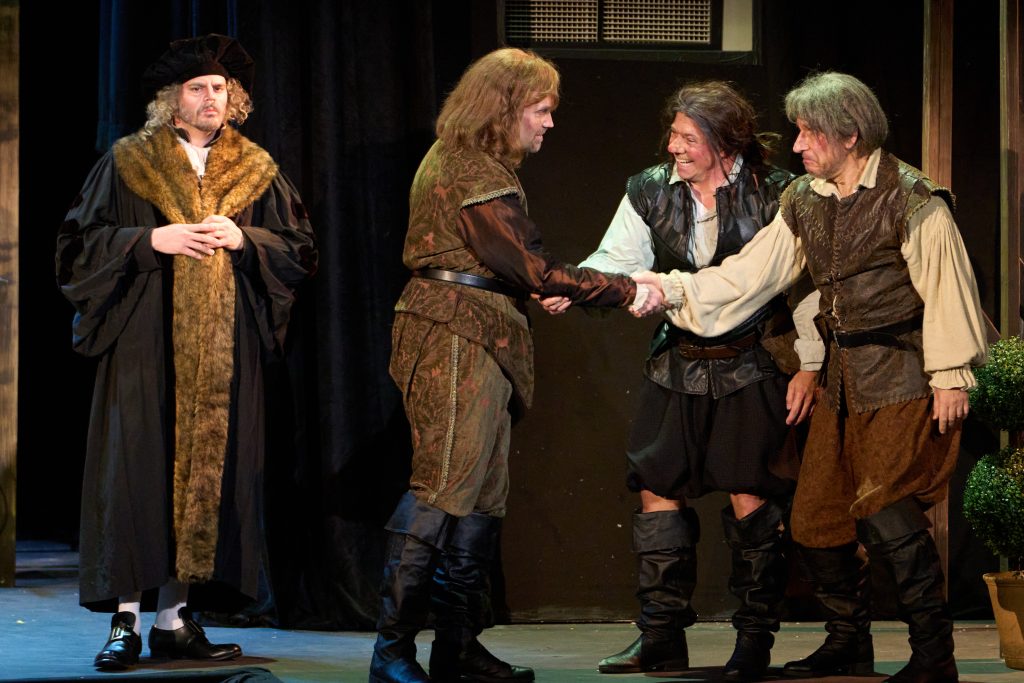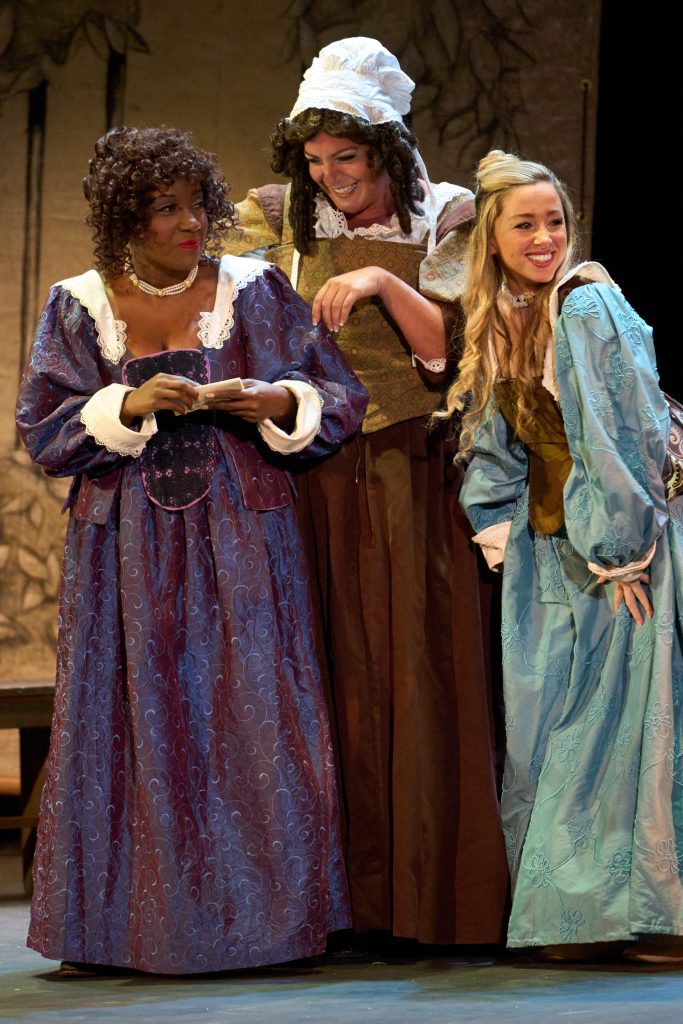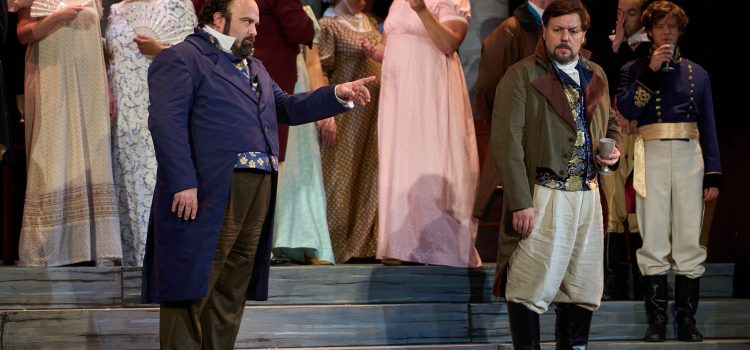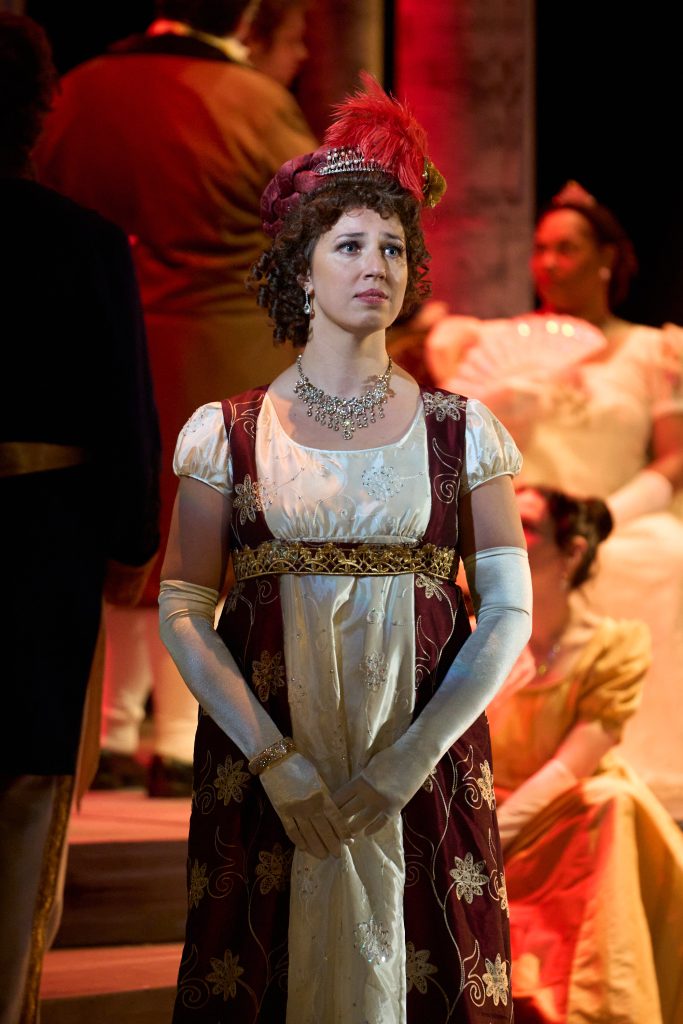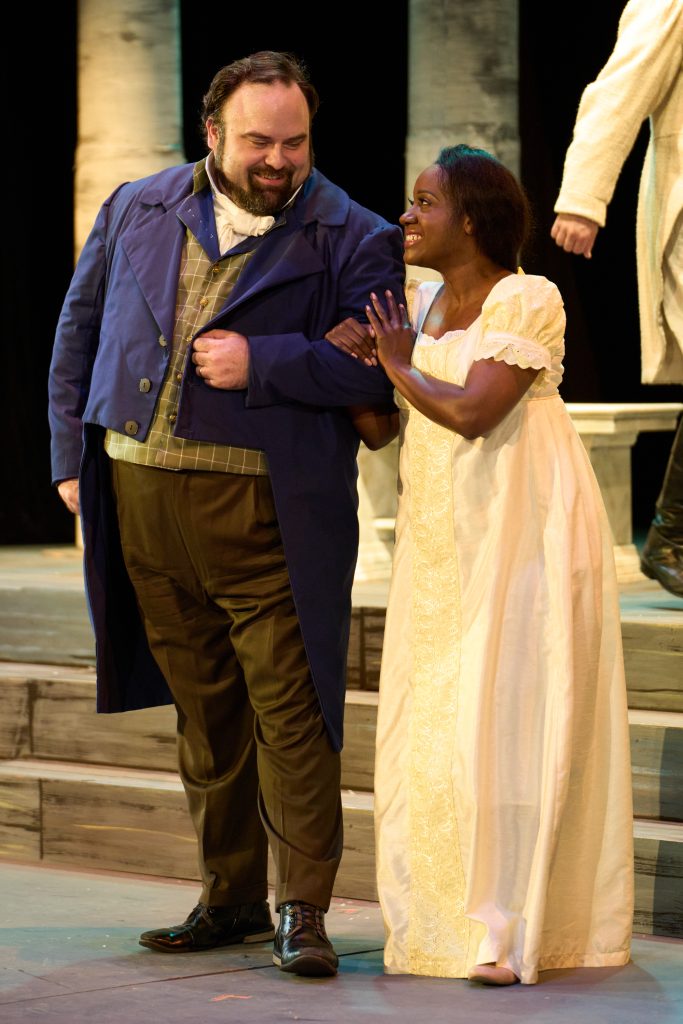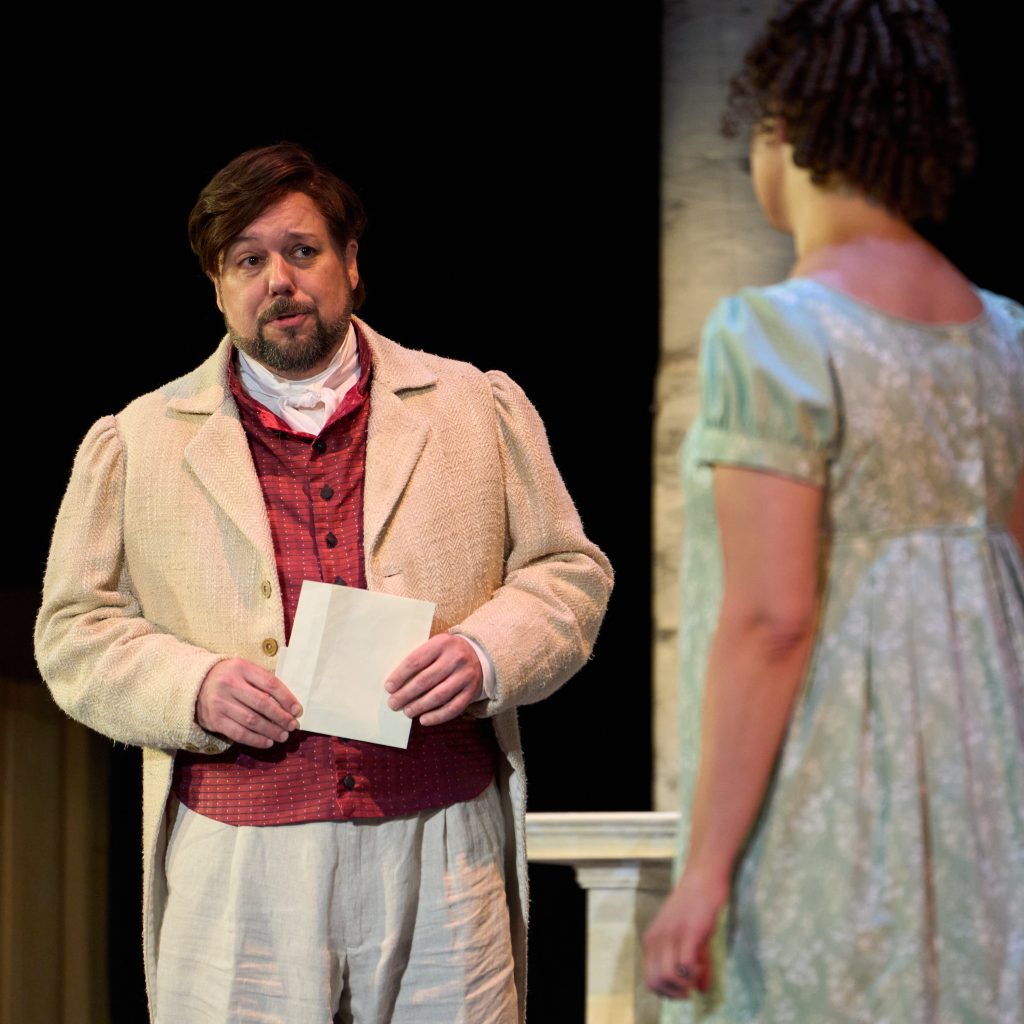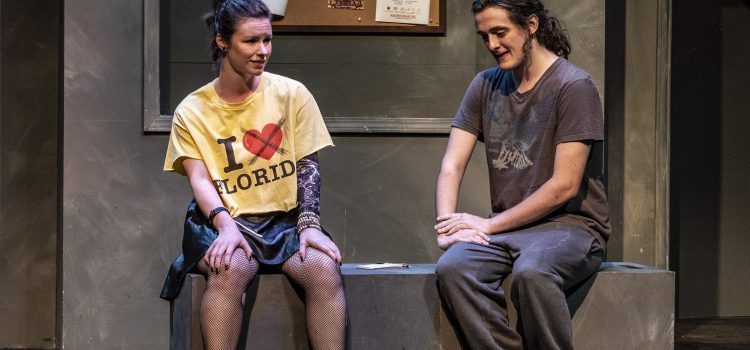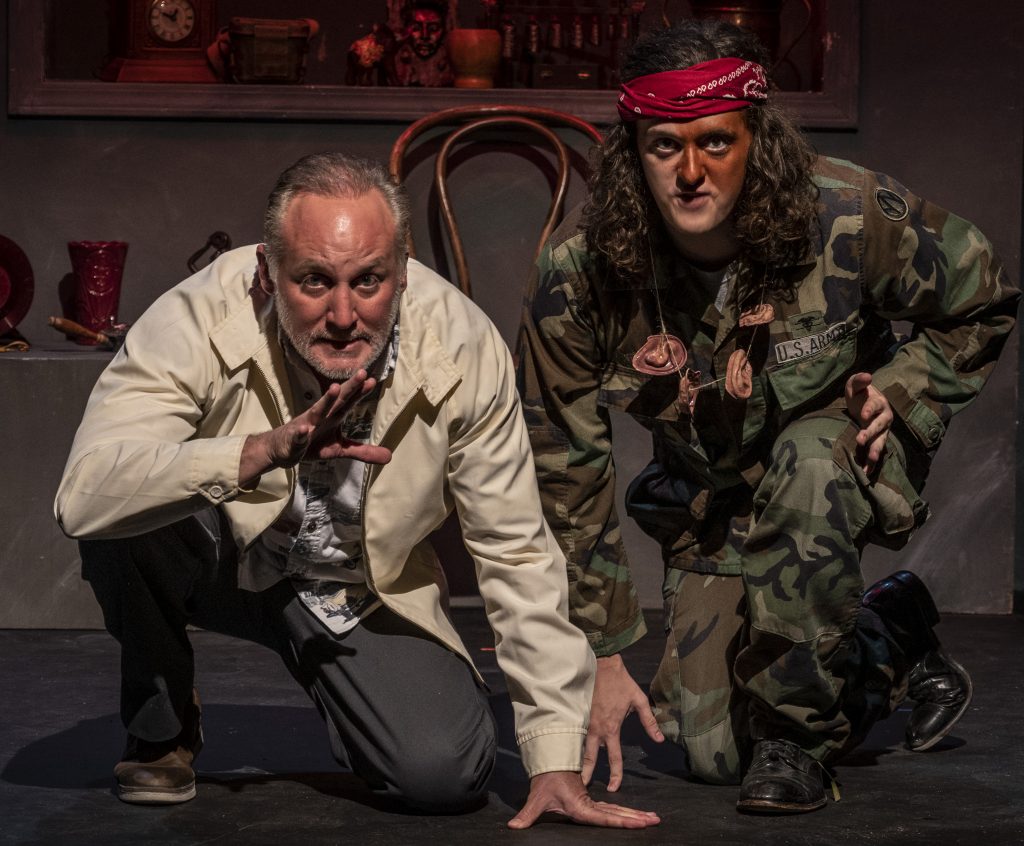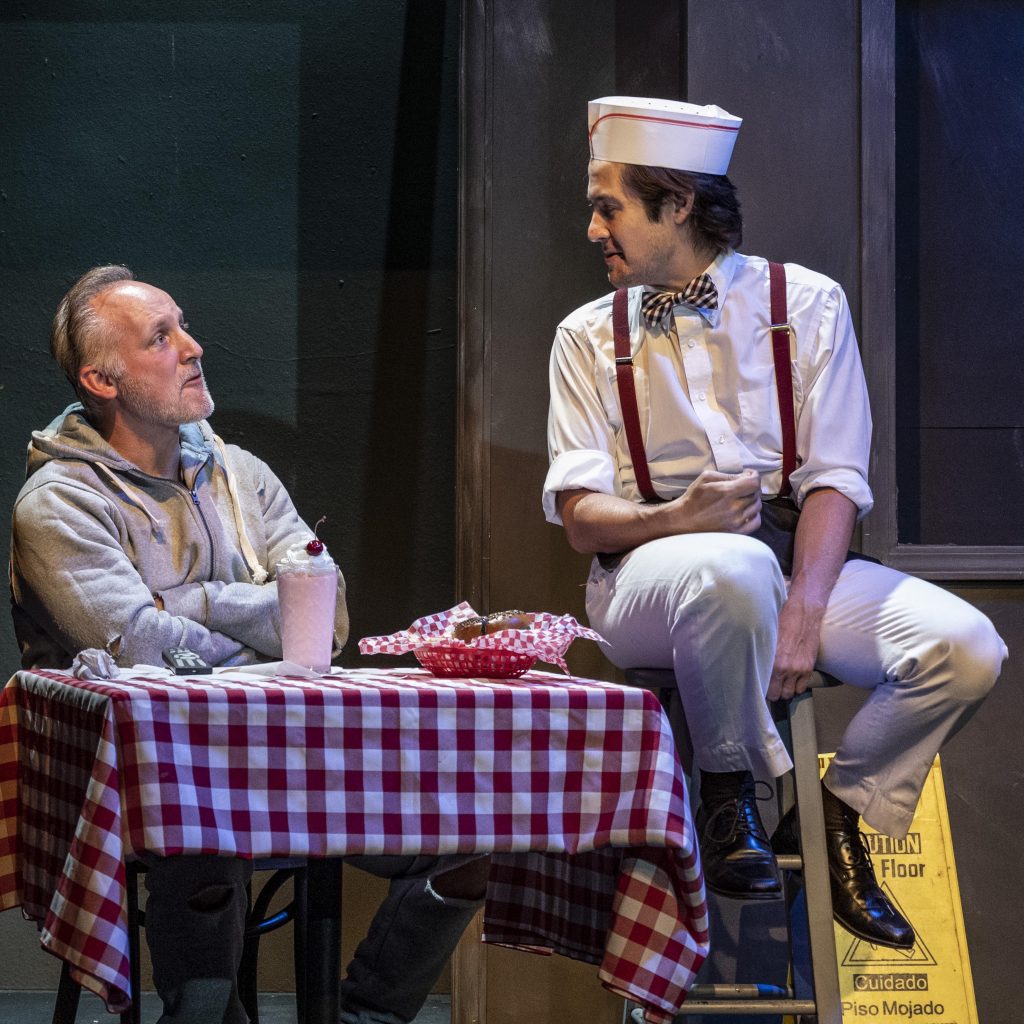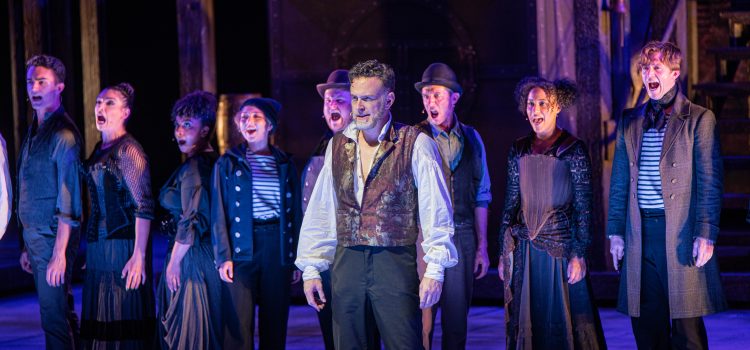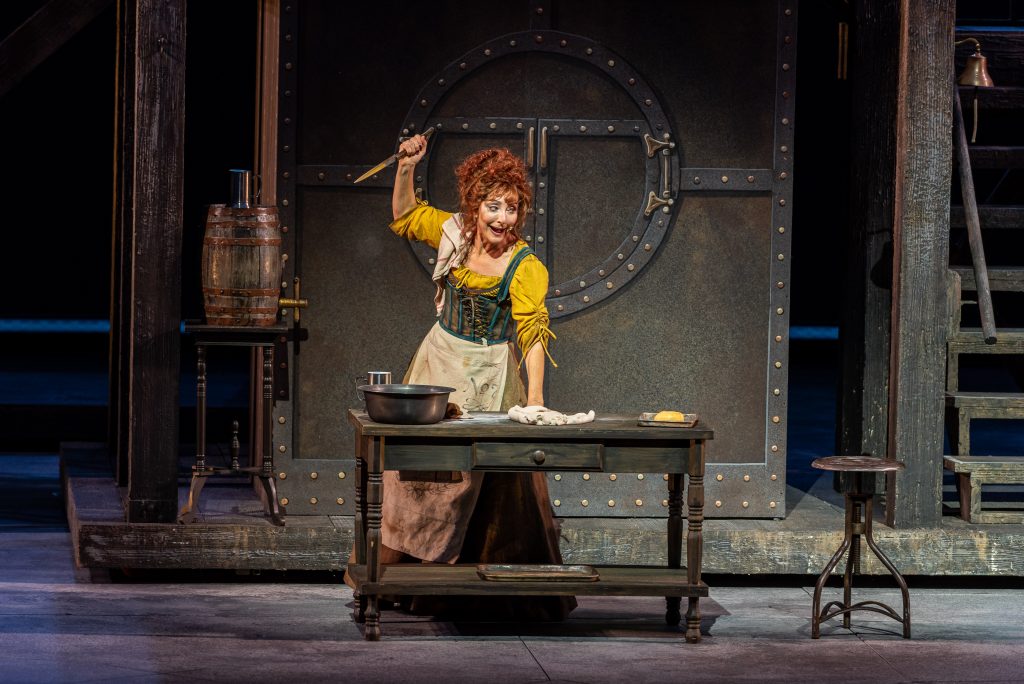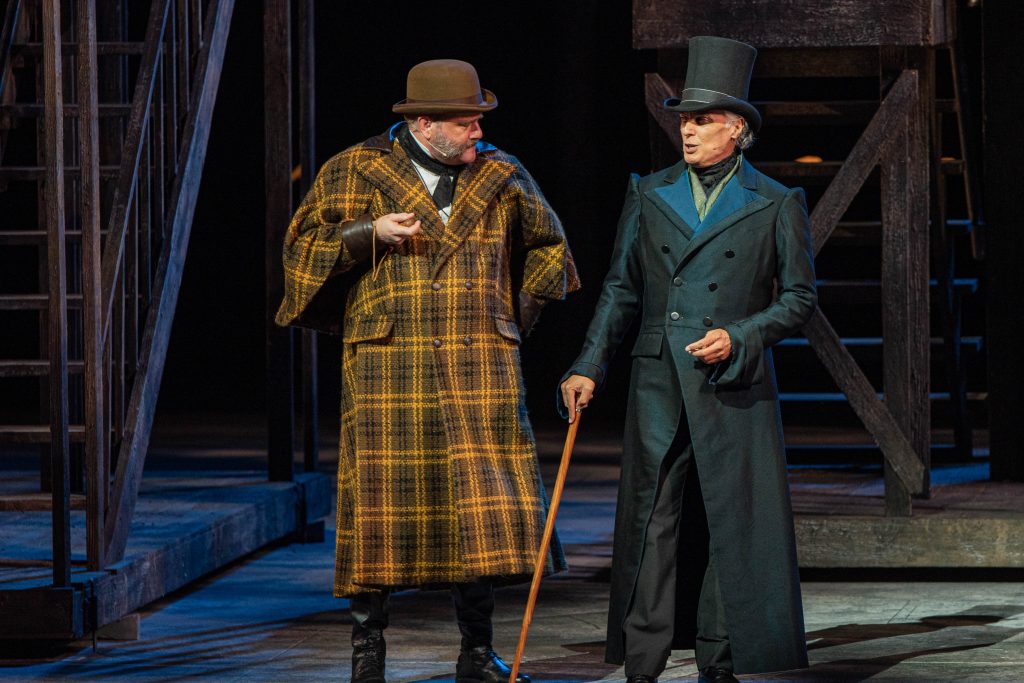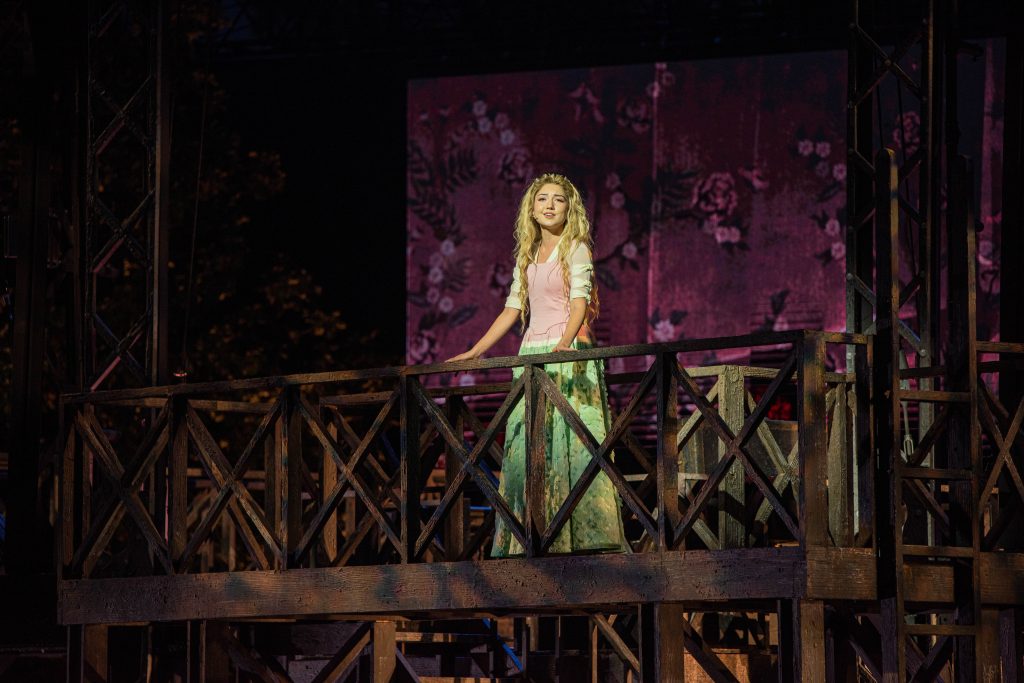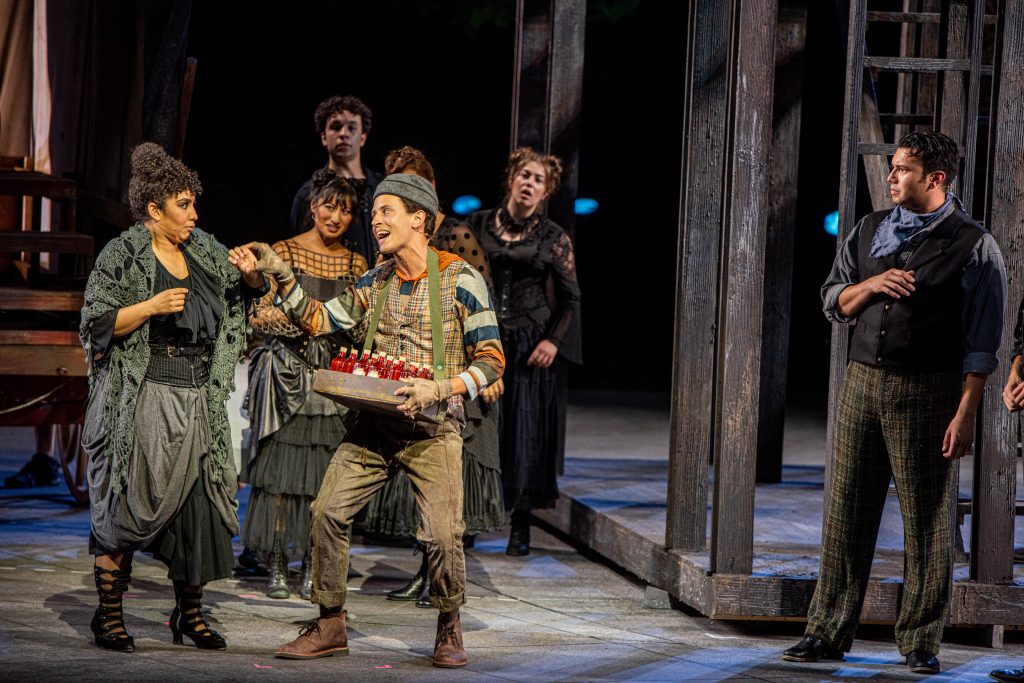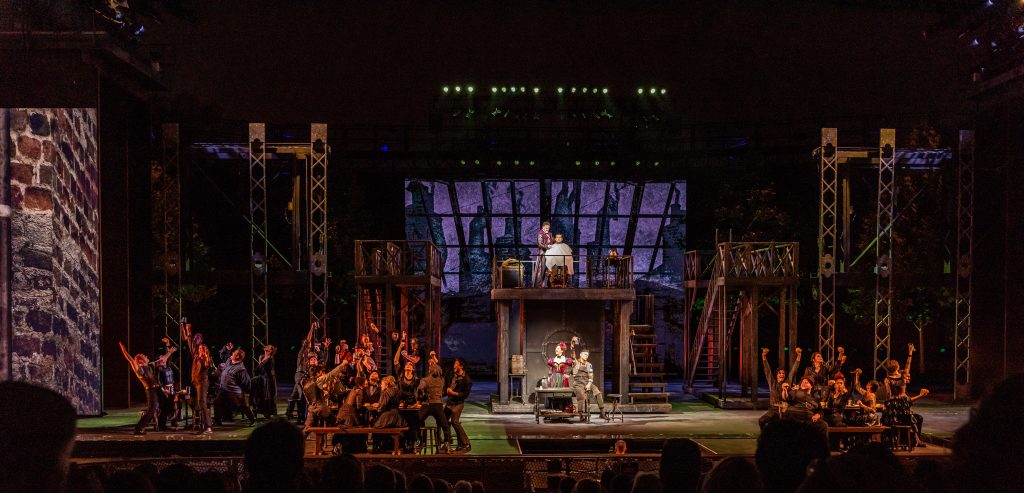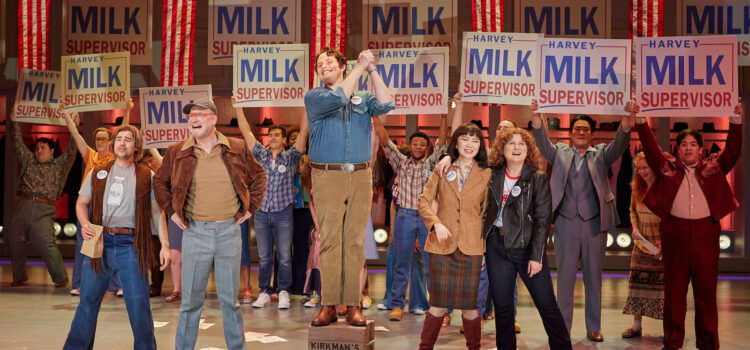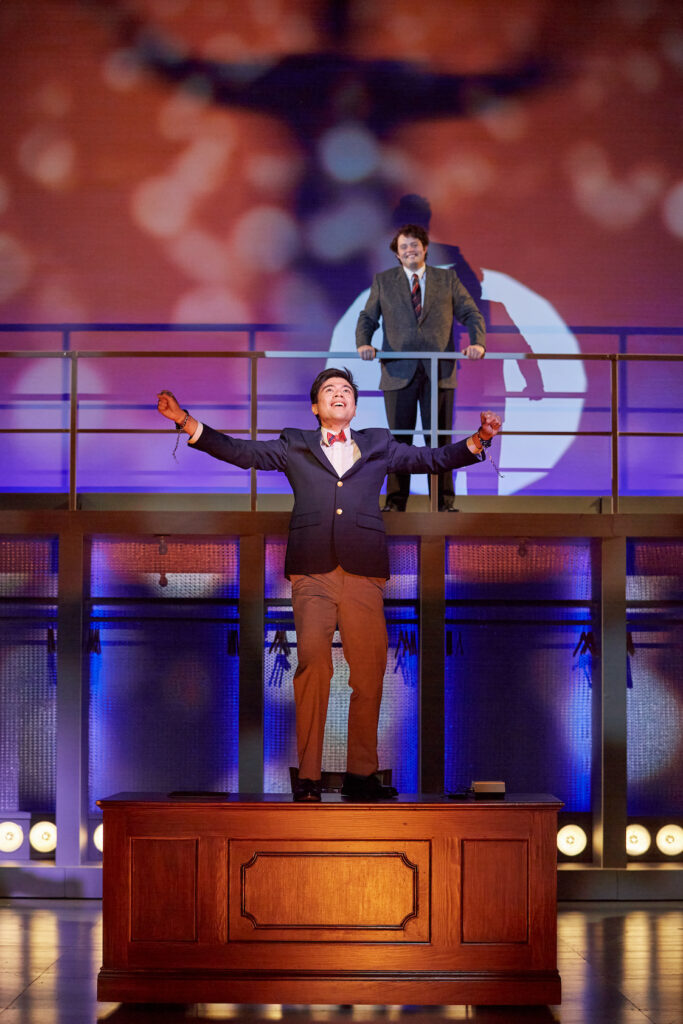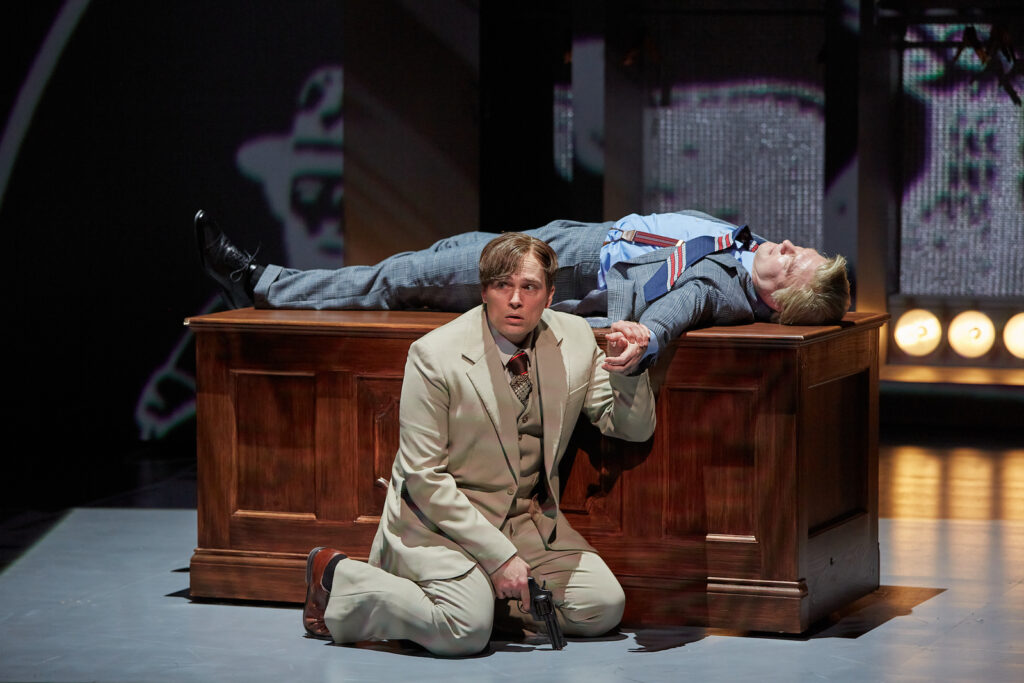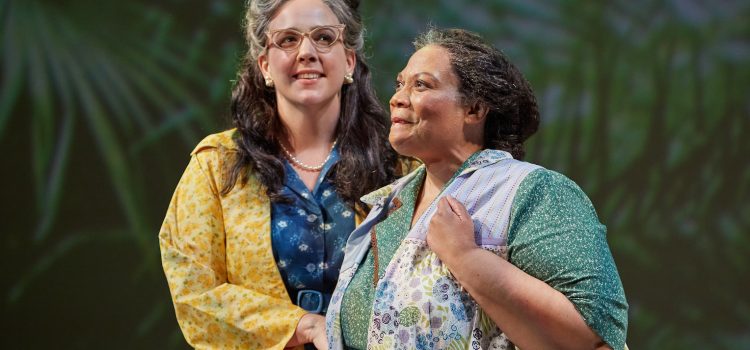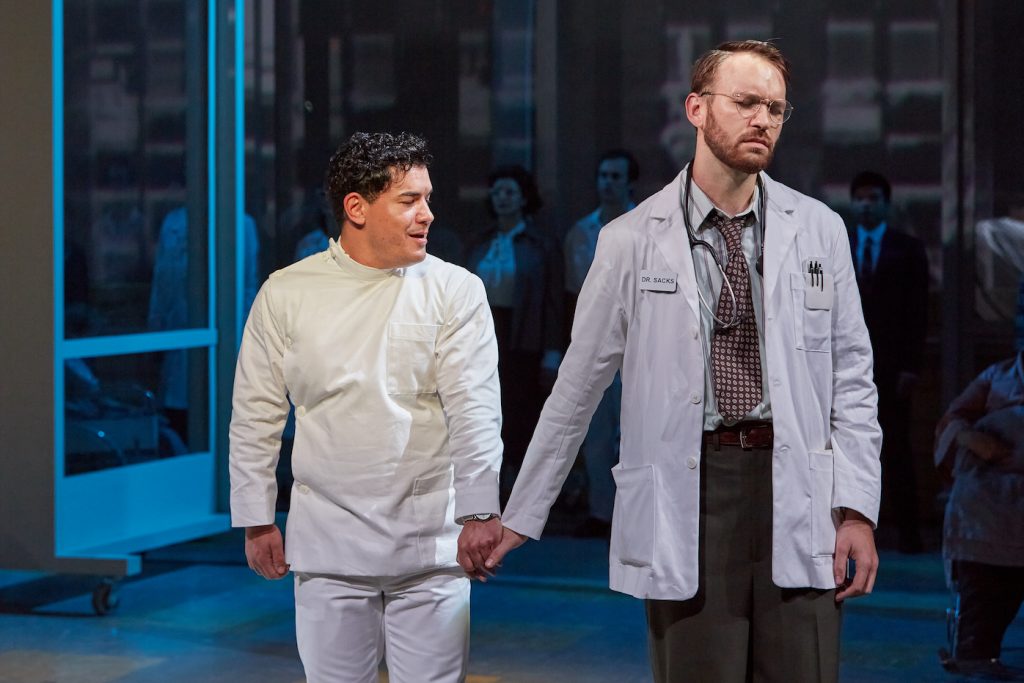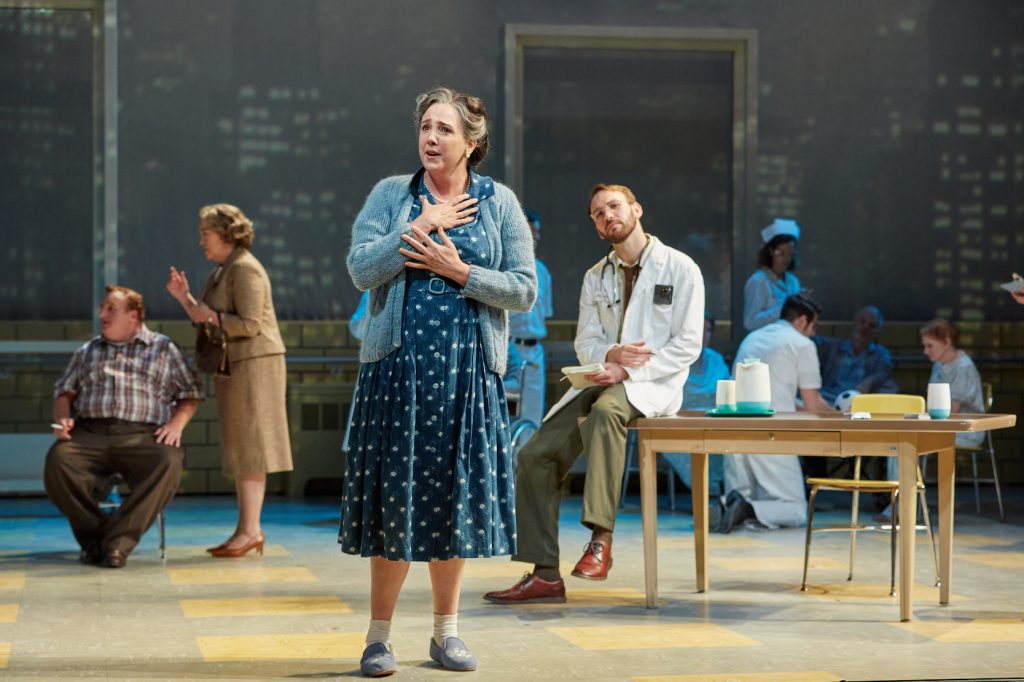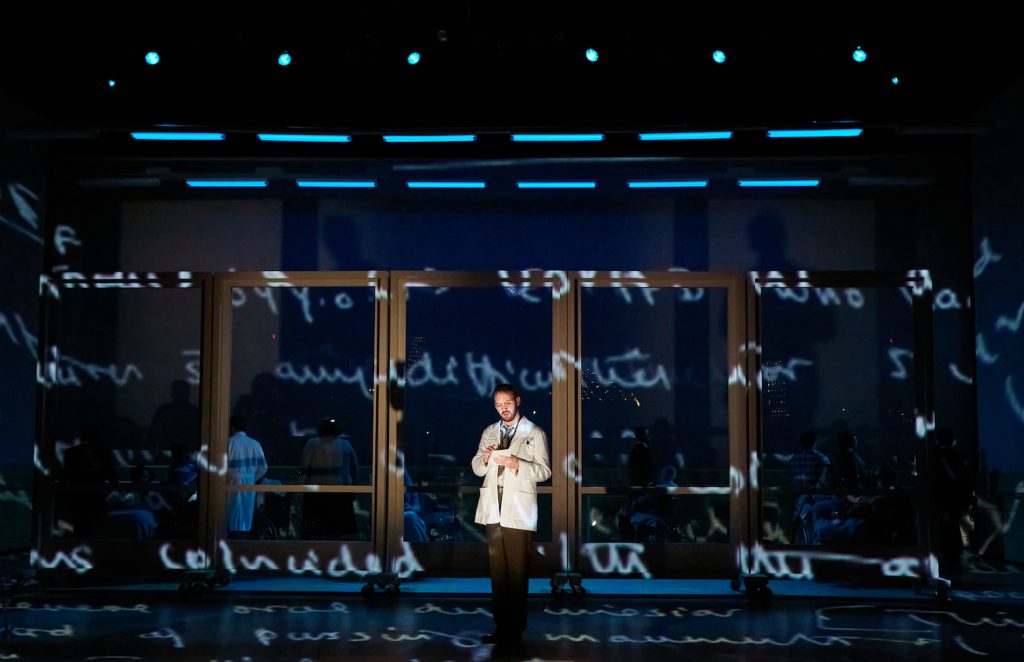By CB Adams
Every so often, The Muny and the St. Louis Symphony come together like Peaches & Herb: “Reunited, and it feels so good…”
These two cultural cousins know how to celebrate. That was definitely the vibe at Power Hall on October 2 when these two local cultural titans combined talents for “A Little Sondheim Music,” a concert to celebrate composer-lyricist Stephen Sondheim, a titan of different sort. The last time the Symphony and Muny combined forces was to celebrate the The Muny’s 100th birthday.
With Mike Isaacson, the Muny’s Artistic Director and Executive Producer, at the helm as host and master of ceremony, the lively event perked along through a well-curated roster of songs from Sondheim’s career. This was no jukebox jaunt through Sondheim’s songbook. It was a journey into Sondheim’s impressive range of songs and characters, some of which aren’t among his greatest hits.
So, along with the familiar titles from “Follies,” “A Little Night Music,” “Company” and “Sweeney Todd,” the audience was also to treated to selections from the lesser-known “Saturday Night,” “Evening Primrose” and “Anyone Can Whistle.” Another entire concert or two could be created from Sondheim’s deep cuts from other shows. To borrow a line from “Send In the Clowns, “…well, maybe next year.” (hint, hint).
In his opening, Isaacson quoted the three guiding principles that Sondheim hewed to during his career: content dictates form, less is more and God is in the details. To which Sondheim also added, “All in service of Clarity, without which nothing else matters.”
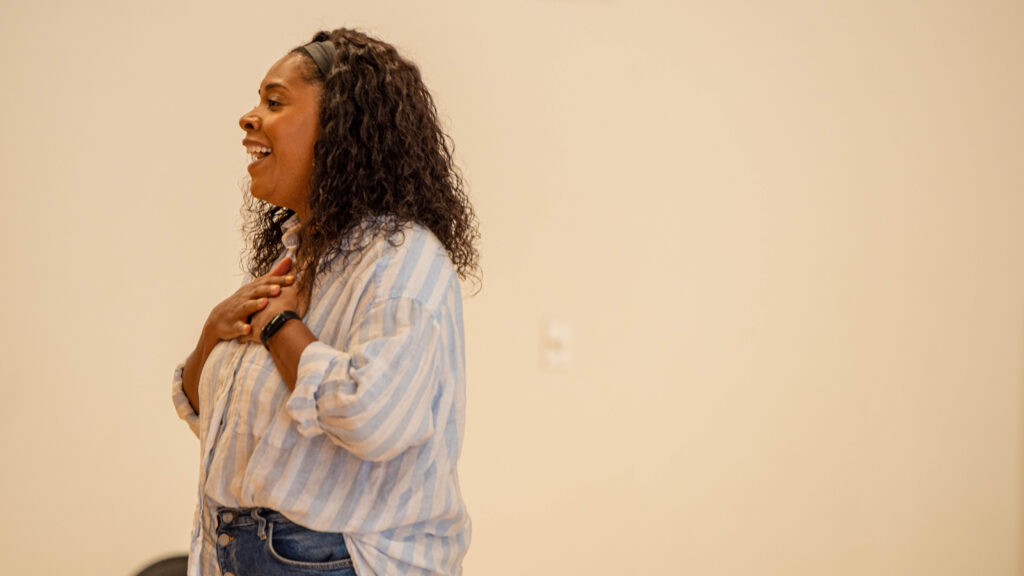
Clarity ruled the afternoon performance and elevated the achievements of Sondheim rather than mourn his passing last November at age 91. Lending their vocal talents to the celebration were some of Broadway’s brightest babies: Ben Davis, Bryonha Marie, Matthew Scott, Emily Skinner and Elizabeth Stanley. Their talents were on full display, whether performing individually, in duets or as an ensemble. And it would be unfair if not impossible to cite any one performance as a standout because they were all standouts.
Ask 10 audience members what their favorite was, and you’d probably get 10 different answers. My own personal favorite was Skinner’s interpretation of “Send In the Clowns.” Her use of pauses and emphasis provided new insight into the lyrics’ meanings and to the rueful ruminations of the character Desirée in “A Little Night Music.” I’m just a sucker for that song.
Clarity was certainly one of the concert’s throughlines. Songs such as ”If You Can Find Me, I’m Here,” sung by Scott, and “Broadway Baby,” sung by Marie, exemplify Sondheim’s ability to pack an entire show’s worth of characterization into a single lyric. And Scott interpreted his song by channeling an inner Dustin Hoffman, ala “The Graduate,” and Marie delivered sass, sashay and plenty of boop-oop-a-doop to hers.
Each Sondheim song is its own mini-musical. All of the performers tapped into this with brio and moxie, moving across the narrow strip of stag and conjuring the spirit of the actual musicals. Even if you didn’t know the show, you understood it from the song itself. That’s part Sondheim genius, part musical magic and part high-caliber performance from the artists.
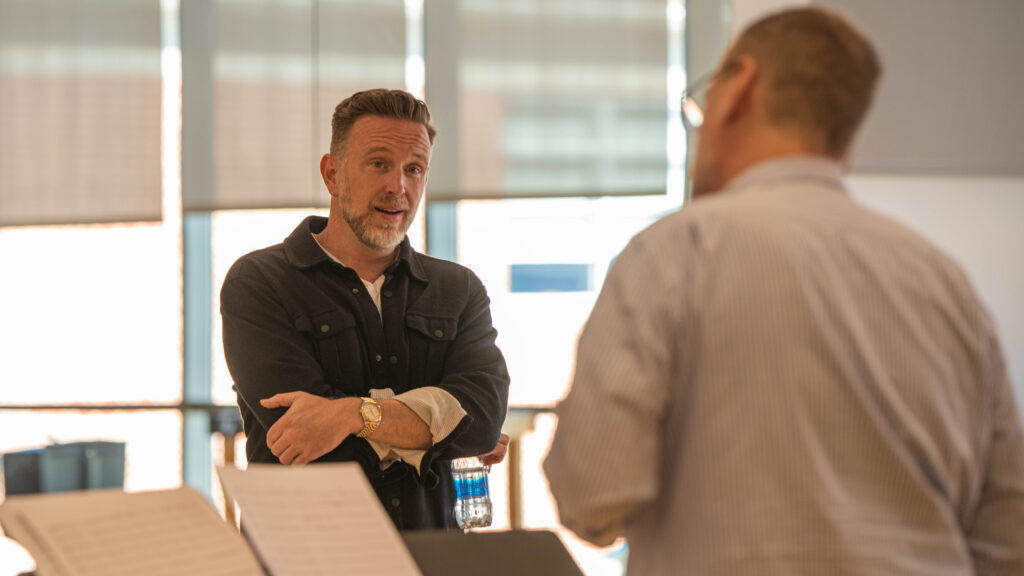
Cases in point: Davis, fresh off this last summer’s successful Muny production of “Sweeney Todd,” reprised his take on the chilling “My Friends” by pivoting from fetishistic heavy petting of cutlery to the abrupt declaration, “At last, my arm is complete again!” Dexter should be so lucky.
And Stanley provided a disarmingly plaintive interpretation of “In Buddy’s Eyes” from “Follies” that reworked the breathless suffering usually associated with this song – written for an older character – into an ironic conscience examination of someone younger.
Also providing clarity to the concert was the St. Louis Symphony Orchestra, under the direction of Maestro Ben Whiteley, who has long been a member of the Muny artistic family. Host Isaacson thanked Whiteley “…who really created this program, bringing his incredible knowledge and passion to the creation of this program.”
The orchestra launched the performance with the opening overture to “Merrily We Roll Along” and was featured post-intermission with the overture to “A Funny Thing Happened on the Way to the Forum,” as well as a smooth and graceful “Night Waltz” from “A Little Night Music” in the second half. These were a potent reminder of the beauty of Sondheim’s compositions and how much a fine performance of them deepens their impact.
Also in the second half was a special appearance by St. Louis native Ken Page who sang “Anyone Can Whistle” with a sage-like preciousness that did the Old Deuteronomy cat proud.
As the concert drew to a close, Isaacson quoted Sondheim who answered an interviewer’s question about what he hoped his legacy would be. “Oh, I just would like the shows to keep getting done. Whether on Broadway, or in regional theaters, or schools or communities, I would just like the stuff to be done. Just done and done and done and done and done.”
With a concert like “A Little Sondheim Music,” The Muny and the Symphony have ensured that at least one of those done’s was accomplished – and done to perfection. It doesn’t get much clearer than that.
Featured Photo: Ben Whiteley, Michael Baxter, Nicolas Valdez, Bryonha Marie, Ben Davis, Matthew Scott, Emily Skinner.. Photo by Julie Merkel.


CB Adams is an award-winning fiction writer and photographer based in the Greater St. Louis area. A former music/arts editor and feature writer for the St. Louis Globe-Democrat, his non-fiction has been published in local, regional and national publications. His literary short stories have been published in more than a dozen literary journals and his fine art photography has been exhibited in more than 40 galley shows nationwide. Adams is the recipient of the Missouri Arts Council’s highest writing awards: the Writers’ Biennial and Missouri Writing!. The Riverfront Times named him, “St. Louis’ Most Under-Appreciated Writer” in 1996.

